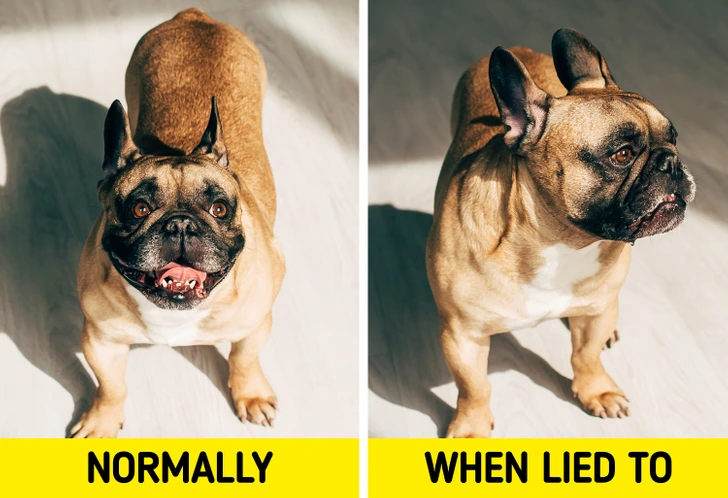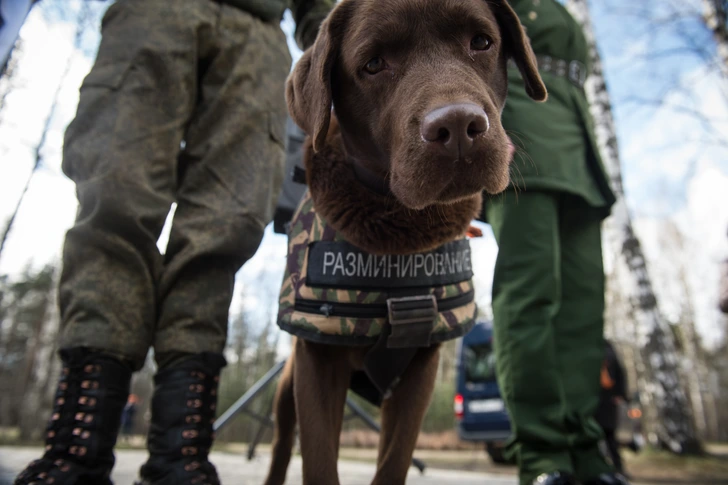Study Shows Dogs Can Recognize Deception
Recent research indicates that dogs may have the ability to discern when humans are being deceptive. Conducted by the University of Vienna, the study explored whether dogs could detect misleading behavior from people.
Here’s a summary of the study’s findings:
1. The Study Involved Multiple Dog Breeds
Researchers at the University of Vienna aimed to understand if dogs can differentiate between truthful and deceptive cues. To explore this, they conducted a study involving a diverse range of dog breeds. They examined 260 different breeds to assess how dogs respond to misleading information. Despite the extensive work required, it’s likely the researchers enjoyed interacting with a wide variety of dogs during the study.

2. The Experiment Setup
In the study, researchers used a simple two-bowl test to examine how dogs respond to misleading information. Initially, dogs were trained to select the bowl with a hidden treat based on instructions from one person. When they chose the correct bowl, they received the treat.
Next, the experiment introduced a twist. The dogs watched as another person moved the treat from one bowl to the other, sometimes with a third person present as an observer. The setup was varied to see if the dogs would follow the instructions of the person who moved the treat or if they would recognize and ignore misleading cues from the observer or the second person.

3. Dogs Ignored Misleading Instructions
In the study, the second person would sometimes deliberately mislead the dogs by pointing to the wrong, empty bowl. When the dogs recognized that this person was providing incorrect information, they tended to ignore the misleading advice and rely on their own judgment.
The researchers observed that dogs appeared to discern when they were being misled and chose not to follow the incorrect instructions. This led to the conclusion that dogs can detect when they are being given false information and act accordingly.

4. Dogs Ignored Advice from Uninformed Observers
In the study, a third person, who had not witnessed the treat being moved, sometimes provided guidance after the switch had been made. This person would randomly point to one of the bowls without knowing where the treat was hidden.
The dogs generally ignored the advice from this third person, as they understood that this individual lacked the necessary information about the treat’s location. This behavior suggested that the dogs recognized when someone was not informed and therefore chose not to follow their guidance.

5. Dogs Are More Cautious with Unreliable Information
The researchers compared the behavior of dogs with that of young children and other animals, such as macaques and chimpanzees, in similar experiments. The findings showed that dogs were notably more skeptical of incorrect advice compared to young children and these other animals.
This suggests that dogs are particularly discerning when it comes to unreliable information, indicating that they are less likely to be misled by false or misleading guidance.

6. Dogs Can Detect Misinformation Without Specific Training
The researchers concluded that dogs have a notable ability to discern between accurate and inaccurate information, even without formal training. In tasks involving changes in the location of treats, such as moving treats between bowls, dogs demonstrated an ability to recognize when information given to them was misleading.
The study suggests that dogs can not only understand and respond to cues from their humans but also seem to gauge the intentions behind those cues. This implies that dogs may have a sophisticated level of awareness regarding the reliability of the information they receive.


So, it turns out dogs are more perceptive than we might think. Have you ever been amazed by your dog’s ability to understand or respond to a situation in a way that surprised you? We’d love to hear your stories—share them in the comments below!




